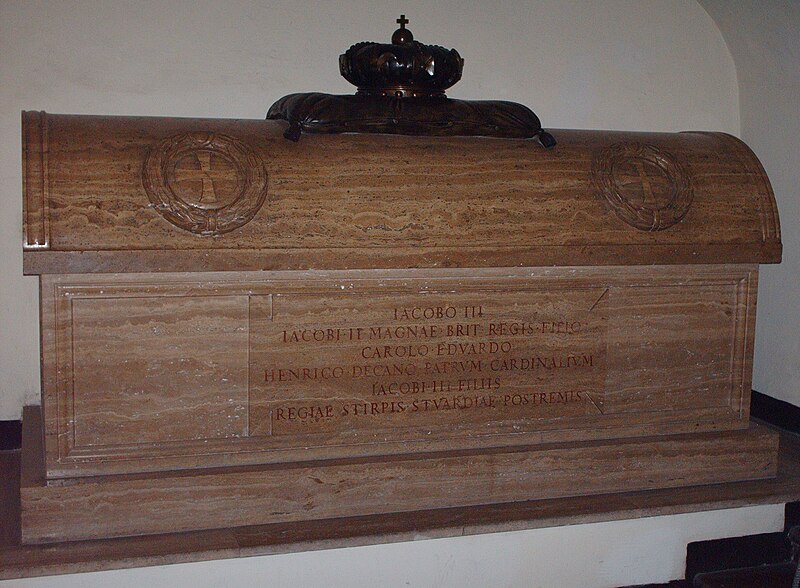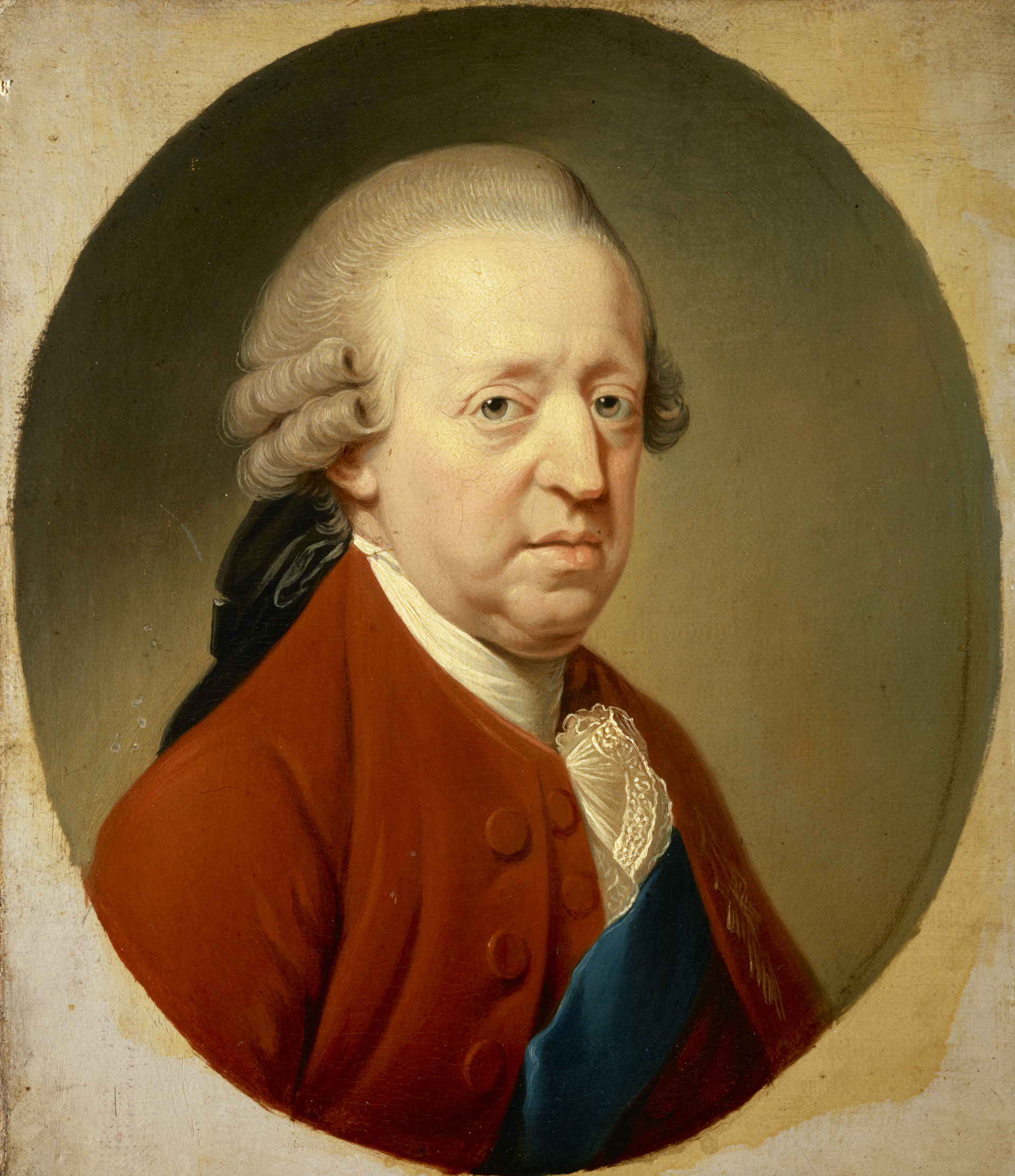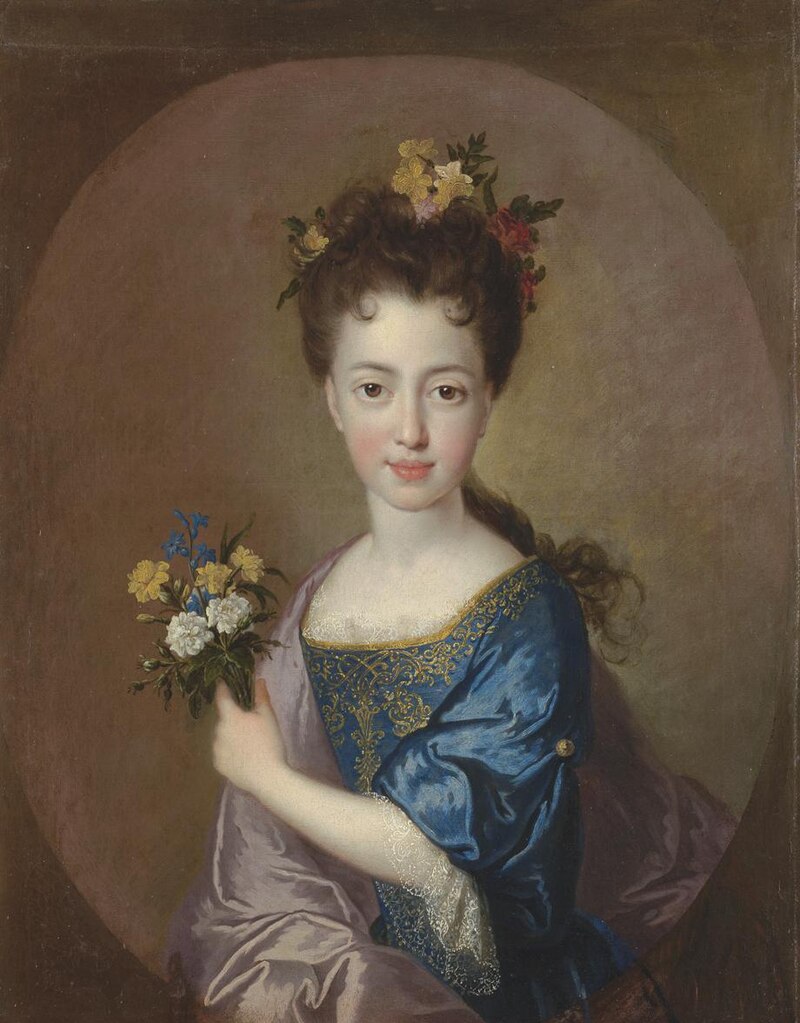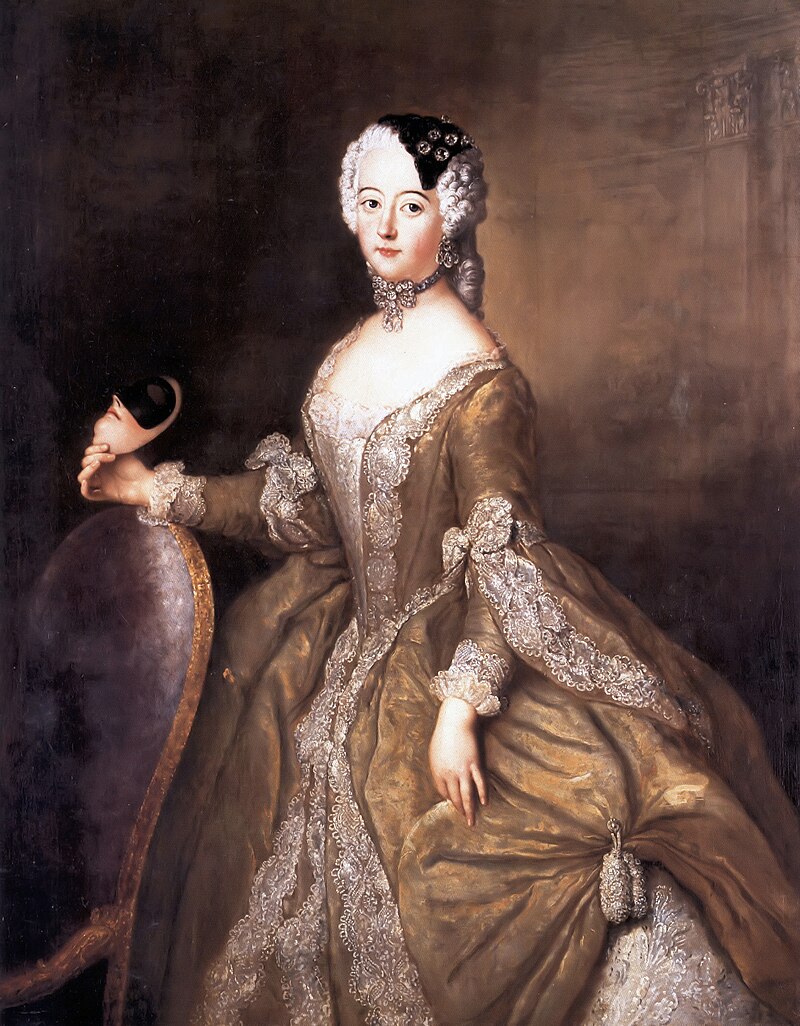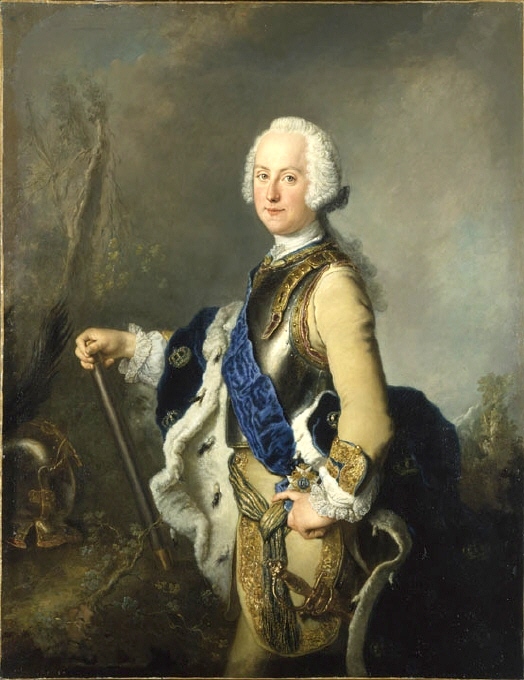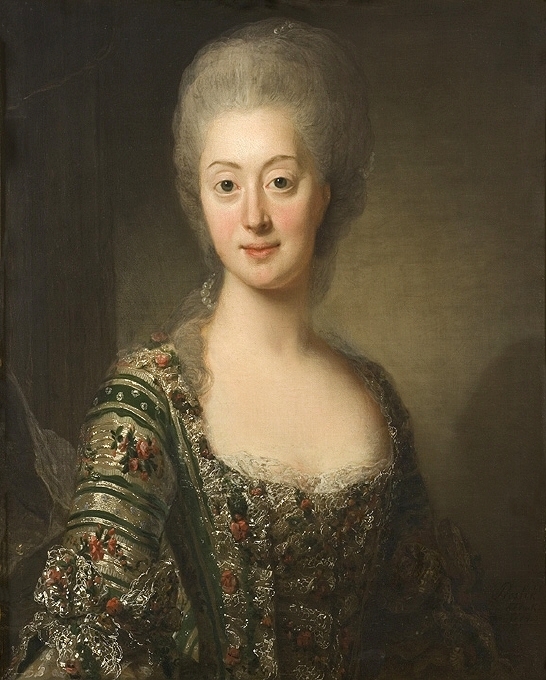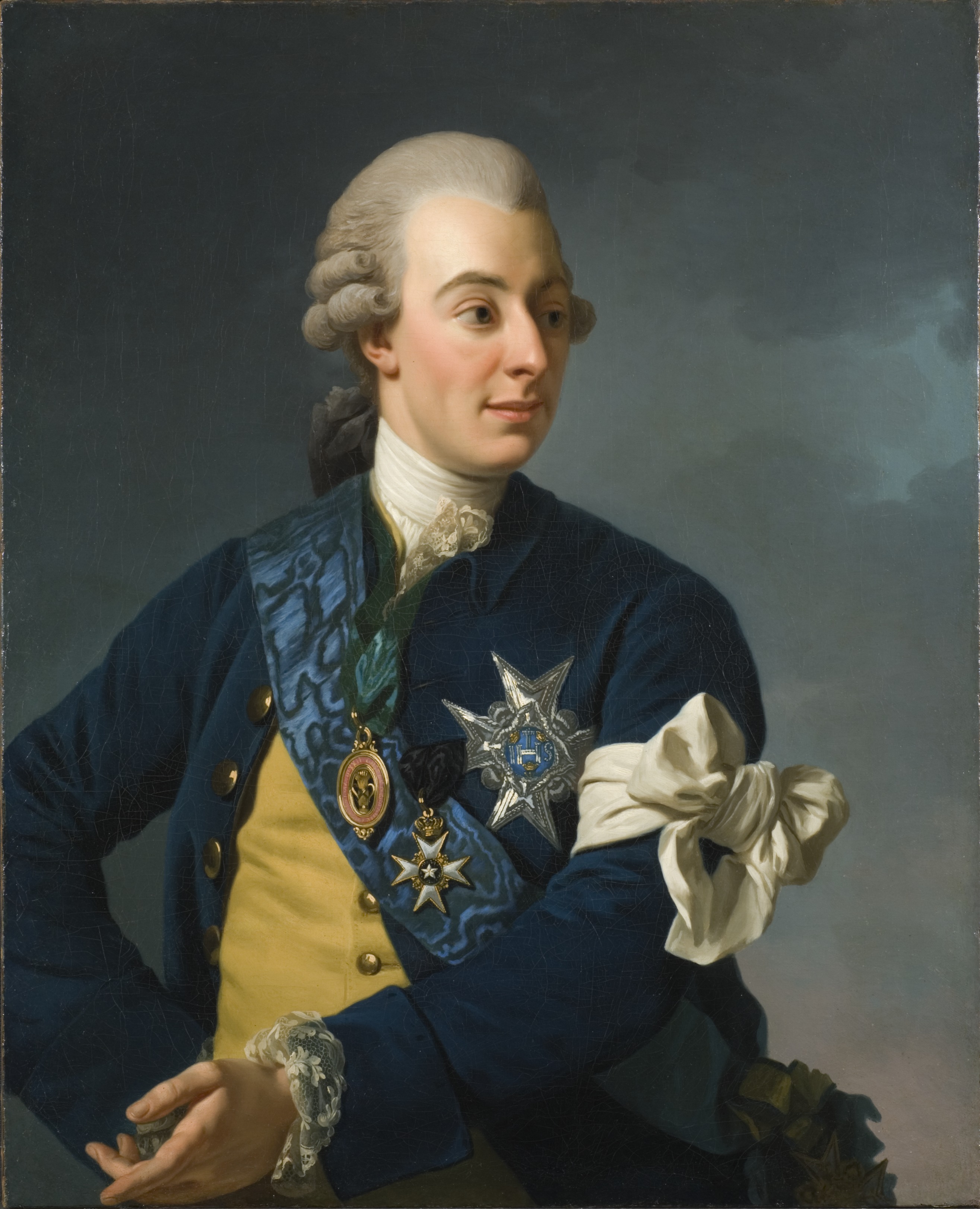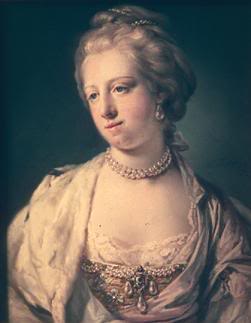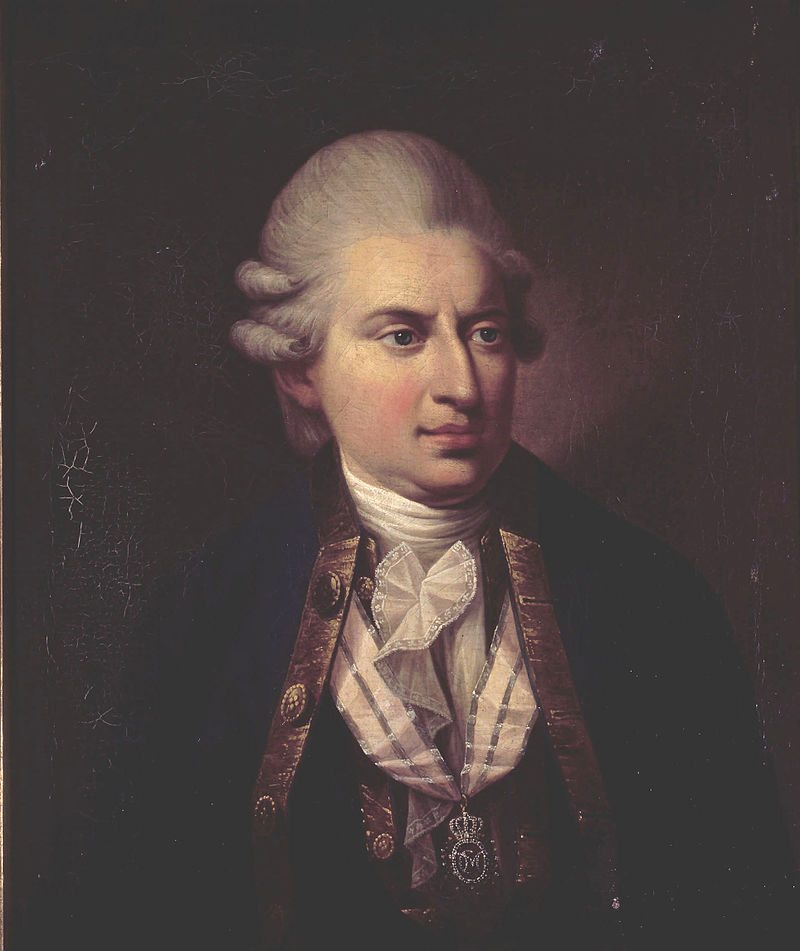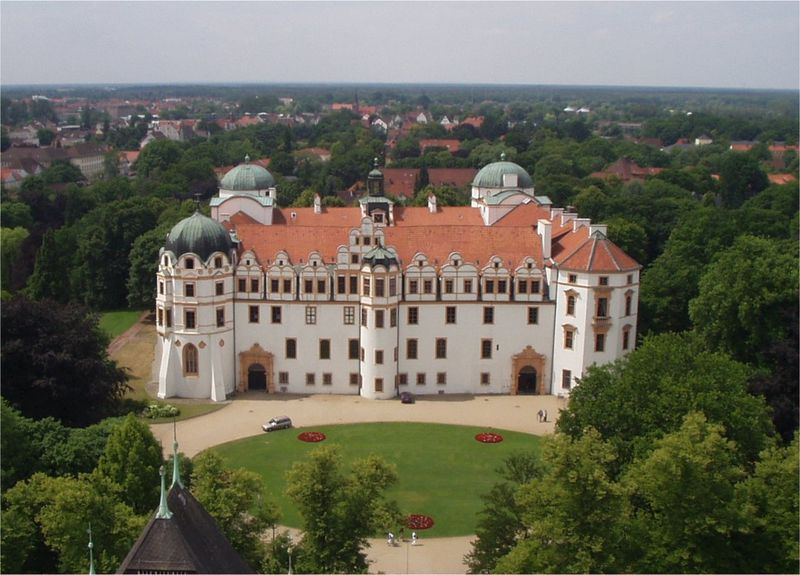by Susan Flantzer © Unofficial Royalty 2021
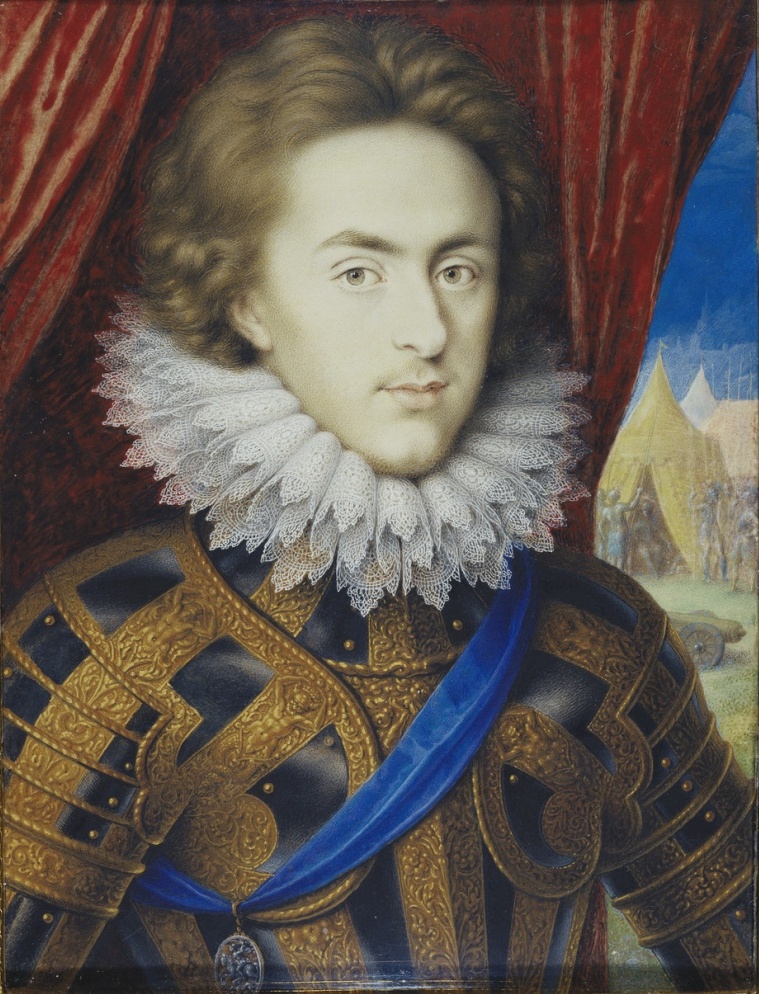
by Isaac Oliver, circa December 1610; Credit – Wikipedia
Henry Frederick, Prince of Wales was the eldest of the seven children of King James I of England/VI of Scotland and his wife Anne of Denmark, daughter of King Frederik II of Denmark and Norway. He was born at Stirling Castle in Stirling, Scotland on February 19, 1594, and was named after his grandfathers, Henry Stuart, Lord Darnley and King Frederik II of Denmark. At the time of his birth, his father was only King James VI of Scotland, having succeeded to the throne as an infant when his mother Mary, Queen of Scots was forced to abdicate. From birth, Henry was styled Duke of Rothesay, Earl of Carrick, Lord of the Isles, the traditional titles for the heir apparent to the Scots throne. Upon the death of Queen Elizabeth I of England on March 24, 1603, Henry’s father became King James I of England and Henry automatically became Duke of Cornwall, traditionally held by the eldest son of the reigning English (now British) monarch. On June 10, 1610, Henry was created Prince of Wales.

Henry Frederick by Marcus Gheeraerts the Younger, circa 1603; Credit – Wikipedia
Henry had six siblings, but only two survived childhood:
- Elizabeth (1596 – 1662), married Friedrich V, Elector Palatine, had issue including Sophia of Hanover who became heiress presumptive to the British throne under the Act of Settlement 1701; Sophia’s son was King George I
- Margaret (1598 – 1600), died aged fifteen months
- King Charles I of England (1600 – 1649), married Henrietta Maria of France, had issue including King Charles II and King James II, executed
- Robert, Duke of Kintyre (born and died 1602), died aged four months
- Mary (1605 – 1607), died aged two.
- Sophia (born and died 1606), lived only one day

‘James I and his royal progeny’ by Charles Turner, published by Samuel Woodburn, after Willem de Passe mezzotint, published 1814 NPG D9808 © National Portrait Gallery, London
Henry’s parents had a major argument over the transfer of his custody to John Erskine, Earl of Mar at Stirling Castle, in keeping with Scottish royal tradition. This led to estrangement and a competition for the custody of Henry. Henry remained in the Earl of Mar’s custody until 1603 when his father became King of England. Later that year, Henry accompanied his mother to England. Henry had an aptitude for learning and excelled at sports. He was so unlike his younger brother Charles (the future King Charles I) who was frail and late in development, possibly from rickets, At the age of three, Charles could not yet walk or talk, so he was left behind in Scotland when the rest of his family left for England in 1603. Charles overcame his early physical problems, although he grew no taller than five feet four inches, and learned to ride, shoot, and fence. However, he was no physical match for his stronger and taller elder brother Henry, Prince of Wales, whom he adored.

Henry, Prince of Wales with Robert Devereux, 3rd Earl of Essex in the Hunting Field by Robert Peake the Elder, circa 1605; Credit – Wikipedia
Once in England, Henry and his sister Elizabeth were granted their own separate residence complete with servants and retainers. From an early age, they were treated with significant respect. In June 1603, Henry was invested with the Order of the Garter which found favor with his family’s new English subjects. In 1605, Henry began attending Magdalen College, Oxford where he proved capable in debates and arguments. Negotiations began for a bride for Henry and princesses from Spain, France, and Savoy were in the running. By the time Henry was 18 years old, he was physically mature, well-educated, an independent thinker, and ready to assume some government responsibility. He was on his way to making an excellent and popular king.

Henry Frederick, Prince of Wales by Robert Peake the Elder, circa 1610-1612; Credit – Wikipedia
Except for frequent nosebleeds when he was young, Henry’s health was excellent. However, on October 12, 1612, Henry began to have fevers but continued his physical activities. Over the next two weeks, Henry did not sleep well and continued to have fevers and developed gastrointestinal symptoms. On October 25, 1612, he played tennis and then felt much worse. He dined with his father that night, but his physicians noted that he had a fast pulse, a fever, a red face, a swollen stomach, gastrointestinal symptoms, and was very thirsty. By October 29, 1612, Henry had a continuous fever, and two days later he was delirious. On November 2, 1612, he alternated between sleeping and being confused and shouting. His servants had difficulty keeping him in bed. His condition worsened on November 4. He sang in his sleep and had violent convulsive movements. On November 6, 1612, the last day of his life, Henry was delirious, clammy, cold, and sweaty. His pulse weakened and he died. It was suspected that Henry had been poisoned, but a post-mortem found no evidence of poisoning. The cause of his death was said to be “a fever.” With modern medical knowledge, it is now suspected that Henry died from typhoid fever.
Henry’s death caused immense grief across England and Scotland and in his family. King James was too distraught to attend the funeral. Months later, in the middle of a meeting, he broke down, crying, “Henry is dead, Henry is dead.” His mother Queen Anne could not bear to have Henry’s death mentioned and people were advised not to give her condolences. After her son’s death, Anne’s health began to deteriorate and she withdrew from social activities. Charles, who was now the heir to the throne, felt the loss deeply and insisted until the end of his life that Henry had been poisoned. We can only wonder how different English history might have been if Henry Frederick had been King instead of his brother King Charles I who was ultimately beheaded.
Henry’s body lay in state at St. James’s Palace for four weeks. On December 7, 1612, two thousand people followed Henry’s funeral cortege to Westminster Abbey to hear a two-hour sermon delivered by George Abbot, the Archbishop of Canterbury. A magnificent hearse had been built upon which his richly dressed effigy was placed. Henry was buried in the vault of his grandmother Mary, Queen of Scots in the south aisle of the Henry VII Chapel. He has no monument.

Effigy of Henry Frederick, Prince of Wales; Credit – http://www.westminster-abbey.org/__data/assets/thumbnail/0005/57524/Henry-Fred-fun-hearse-72.jpg
This article is the intellectual property of Unofficial Royalty and is NOT TO BE COPIED, EDITED, OR POSTED IN ANY FORM ON ANOTHER WEBSITE under any circumstances. It is permissible to use a link that directs to Unofficial Royalty.
Works Cited
“Henry Frederick, Prince of Wales.” Wikipedia. N.p.: Wikimedia Foundation, 2 Oct. 2016. Web. 4 Oct. 2016.
Holmes, Frederick. The Sickly Stuarts. Thrupp: Sutton Publishing, 2003. Print.
Levy, Imogen, and Duck Soup. Henry Frederick, Prince of Wales. 2016. Web. 4 Oct. 2016.
Susan. “Anne of Denmark, Queen of Scots, Queen of England.” British Royals. Unofficial Royalty, 27 Jan. 2016. Web. 4 Oct. 2016.
Williamson, David. Brewer’s British Royalty. London: Cassell, 1996. Print.











